Project tasks, in their entirety, can be daunting, if they are not managed properly.
It can be difficult to surmise the outcomes if these tasks are treated as such. Therefore, it’s better to break a project into smaller chunks rather than processing it all together.
In other words, if you have kicked off simultaneous project activities, take a step back and divide your project into smaller, achievable, and deliverable chunks.
This theory resonates with the infamous Work Break Down structure mentality. PMs take on different projects, or one gigantic program and then break everything into achievable milestones that are based on realistic goals.
As a rule of thumb, we suggest under-promising and over-delivering for the best results.
This post highlights some of the key indicators related to performance blockers, setbacks, and much more regarding project tasks & activities.
Read on…
Project Task Defined in a Nutshell

A project task, in a project, is a smaller, manageable component of a project. Tasks are a stairway to the result; each step forward takes you closer to your goals.
The successful conclusion of a project requires the efficient completion of each task along the journey. The following paras highlight various project management methodologies that can help you to breakdown your project and manage your tasks efficiently.
A team working on a project usually has several activities lined up. Each task is assigned to a specific member of the group, where that person is responsible for completing the task within a specified time limit.
A task can be as small as writing an article (such as this one) or arranging a meeting. Complex, demanding tasks can be further subdivided into smaller subtasks for efficient results.
Differentiating Between Projects Tasks, Individual Projects, Processes, & Activities
Tasks and activities are interchangeable terms. A task is defined as a specific activity with specific expected goals and outcomes. Tasks, project, and process are interrelated terms; a sequence of tasks form a process through which a project is completed.
Most Effective Way of Splitting Up Projects:
It is customary to categorize and structure your project into manageable tasks for efficient project completion.
Having a roadmap can help alleviate the risks and make it easier to reach the goal.
You cannot just assign tasks to your team members and leave them on their own.
You need to keep a check on the progress, evaluate and reevaluate the results. While doing so, make sure that the members understand the bits and pieces of their tasks. To that end, miscommunication among team members affects projects’ progress. We’ll get to it later.
Rather than leaving the task ‘unattended’ manage your project more efficiently via a proper project management plan.
Following are some of the most popular project management methodologies and frameworks that can help you create your project management task list and manage your projects skillfully.
The two most popular methodologies include waterfall and Scrum.
1. Work Breakdown Structure (WBS) In Waterfall Project Management
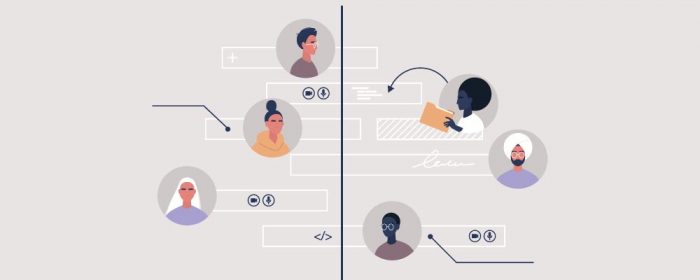
Work Breakdown Structure (WBS) in waterfall project management is the most basic and traditional method of project management. It consists of distinct phases arranged linearly.
It structures tasks in a sequential manner whereby one can only move forward when the previous task has been completed. This method is ideal for long-term projects where a project has several phases to completion.
The completion of one phase gives way to the next phase. The downside to this methodology is that you cannot review or re-do a phase. If you want to do so, you will have to start all over again. No second chances in here!
Waterfall project management requires proper planning beforehand. You cannot dive into it without understanding the details of each phase. Every team member should be well aware of his responsibilities, with no backtracking.
You can’t possibly cook a meal without the ingredients. Gather your ingredients, add them sequentially and beware, don’t miss out on anything or your food will taste as bland as ever!
2. Scrum Methodology for Smart Work
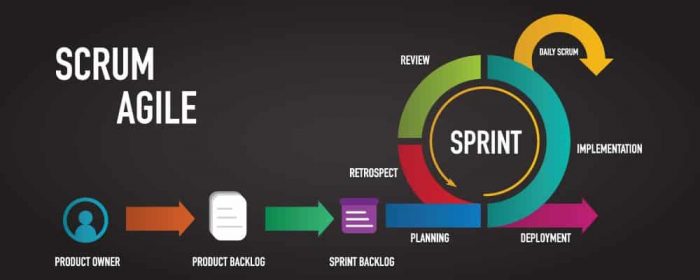
Scrum is a sub-category of the Agile framework, where you do not need to plan exhaustively. Scrum allows you to work in deliverable scrum sprints. A scrum sprint is a time-constrained event of 1-4 weeks focusing on a specific goal.
Sprint planning is where you divide your project into small-scale tasks and assign them to your team members.
Scrum helps team members evolve and adapt to the ongoing changes. To optimize the efficacy of the project, you hold a meeting with your team members and stakeholders. You create a dedicated sprint backlog after a thorough discussion.
Each member of the team then takes up a specific task. This allows the project managers to focus on the project as a whole.
Task Length in Scrum Vs. WBS
The exact length of a task depends on the size of your project but here’s a general guideline.
Work breakdown structure (WBS) works on the 8/80 rule. This rule entails that a project should not be shorter than 8 hours and longer than 80 hours. Chunking the project into micro pieces will make it hectic for the team to micro-manage everything.
PMI recommends assigning 20-80 hours to each task for efficacy.
The task length in Scrum, however, varies with the size of the project but tasks are often one workday or less. Scram uses story points to estimate the length of a task wherein a one-story point is equal to a workday.
3. Limiting One Task to One Dedicated Resource At a Time
Breaking down tasks requires more than just setting the time limits; you have to make sure that the resource (the person responsible for the task) can complete the assigned task from the start till the end.
For smaller organizations, an individual can be a resource. For larger ones though, a whole team can be a resource, working on a specific task.
4. Don’t Forget to Create Precise Task Durations
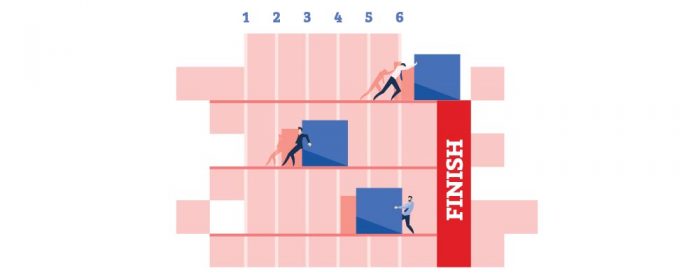
It’s almost impossible to accurately predict task durations while you are in the initial phase.
You need to invite your team members on-board to create a precise project task set. Members with hands-on experience will be much valuable and will help you design the tasks more accurately.
The involvement of resources can not only help estimate time durations for a task but can also help identify dependencies and possible blockages in the project.
Organizing Project Tasks
You can organize project tasks with the help of several managing frameworks. Some of the most popular frameworks are discussed down below.
5. Waterfall for SDLC & Such Similar Projects
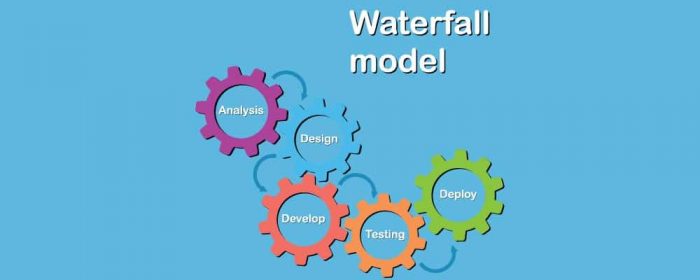
The Waterfall is a traditional and predictive approach to project management. Every phase of the project is pre-planned and arranged in a linear order.
The Waterfall framework is ‘traditional’ because you first gather the required information, then move on to the designing and implementation phase.
The next phase involves the verification of the products and services and lastly, you focus on the long-term maintenance of the project.
Most of the project managers label the framework as ‘old school’, the efficacy is undeniable. The Waterfall framework is ideal when working with high-cost projects and higher dependencies.
Agile:
Agile is not a specific methodology but an umbrella term for a variety of methodologies. The main aspect of Agile is that it delivers iterations frequently. Unlike the waterfall approach where you have to plan everything beforehand.
Lean:
Lean aims to create a well-organized, efficient, clean, and effective workplace. It eliminates waste at every step.
Lean sorts out the necessities and eliminates the unnecessary. The necessities are then arranged in a proper sequence to smoothen the flow. The next step is to clean the work area intermittently.
Specific standards and practices are set and are strictly followed to make sure the task is completed efficiently. Lastly, maintain discipline and order. Thorough cleanup and elimination of waste can save millions!
Using A Project Management Platform For a Robust Completion Rate
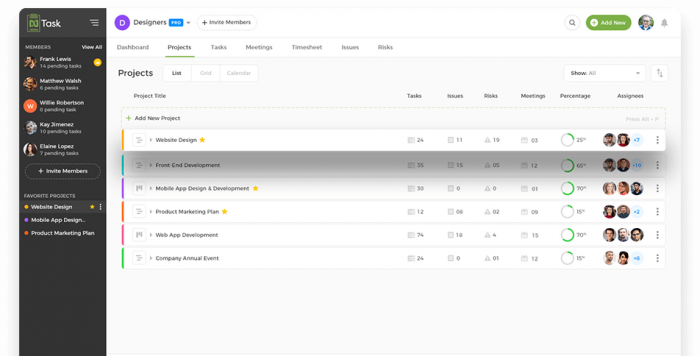
Managing your team via emails is like ‘Keeping up with The Kardashians’, you simply cannot keep up. You will not be able to optimize the working of your team and might even end up with a few mishaps.
Rather than relying on inefficient methods, take the help of a project management platform such as nTask!
nTask is a project management software that allows your teams to collaborate, plan, analyze and manage everyday tasks. Aboard the platform now and you will see the results almost immediately.
Pick and Choose!
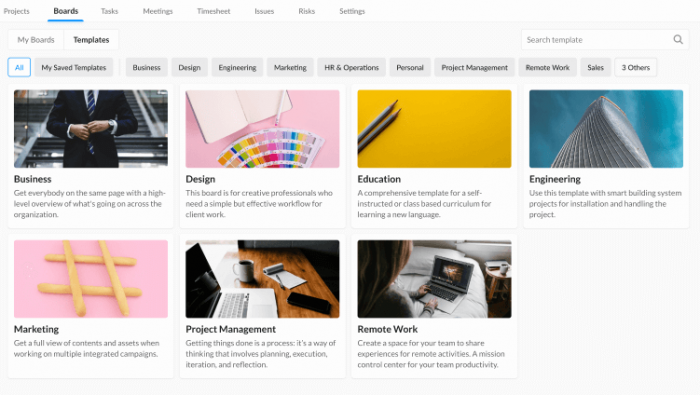
We have listed four frameworks for project management but there are several others out there. At nTask, you can pick and choose the framework of your choice and even customize it to your liking.
Have a look at all the templates available or customize one and optimize the working efficiency of your team.
High-Level Project Map:
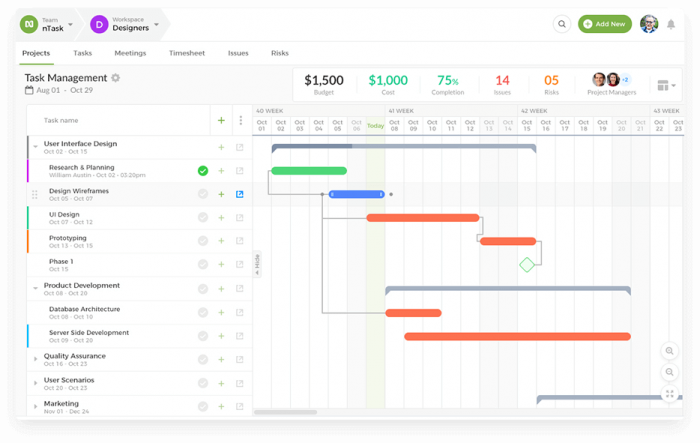
The development of a high-level project map will make decision-making easier. It will also help you prioritize the tasks you want to focus on.
Micromanaging via WBS:
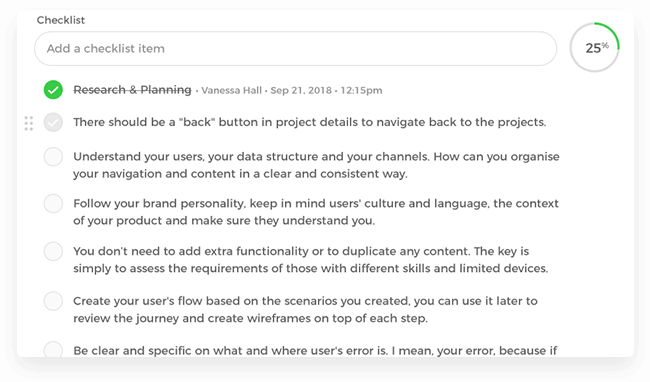
Dividing the deliverables into smaller chunks makes it easy to micromanage the tasks. After breaking it down, you can assign the tasks to your team members and set priorities accordingly.
The use of WBS makes the project more manageable by dividing and sub-dividing the tasks. You can also opt for more basic boards on nTask for bigger chunks of tasks.
Automation of Menial Tasks:
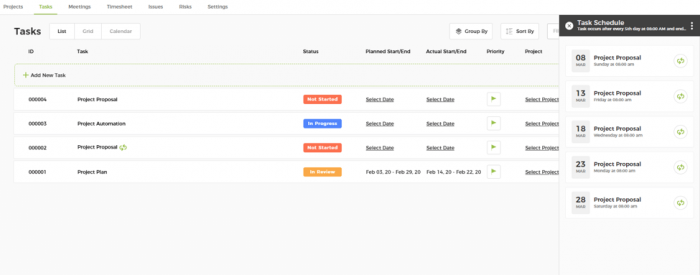
Automation allows you to eliminate the repetition of menial tasks. It also enables you to automatically update new task cards when you receive a mail or a message.
The use of automation helps you focus and saves your time as well.
Staying Updated to Latest Changes In the Industry:
You can keep yourself and your managers updated with the progress of the project via dashboards.
You can also customize the dashboard so that your managers have access to all the information they need.

-
Use The Best Project Management Software.
Manage all your tasks, projects, team collaboration and more in one place. Sign up today!
- Get Started for Free
Over to You!
There’s no hard and fast way of getting things done fast. Sometimes, projects are complex, where it takes every bit of effort on the PMs part to complete project tasks. In such cases, we recommend engaging internal and external stakeholders through rapid communication, vision setting exercises, and brainstorming to keep everyone on the same page.
It’s hard work; we get it. Therefore, feel free to adapt and improvise as per your project requirements.
Best of luck, and Happy nTasking!
More Resources You May Like:

